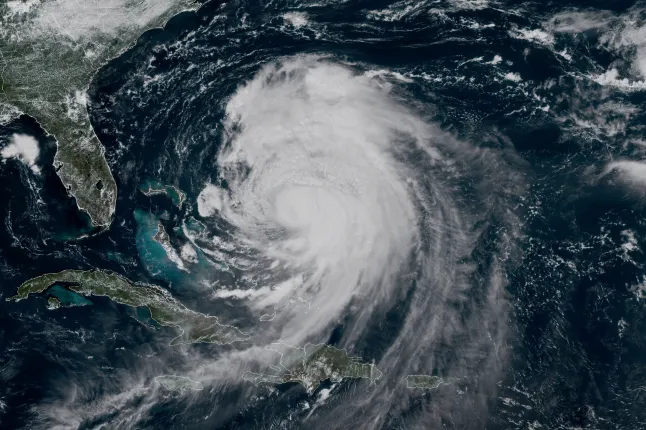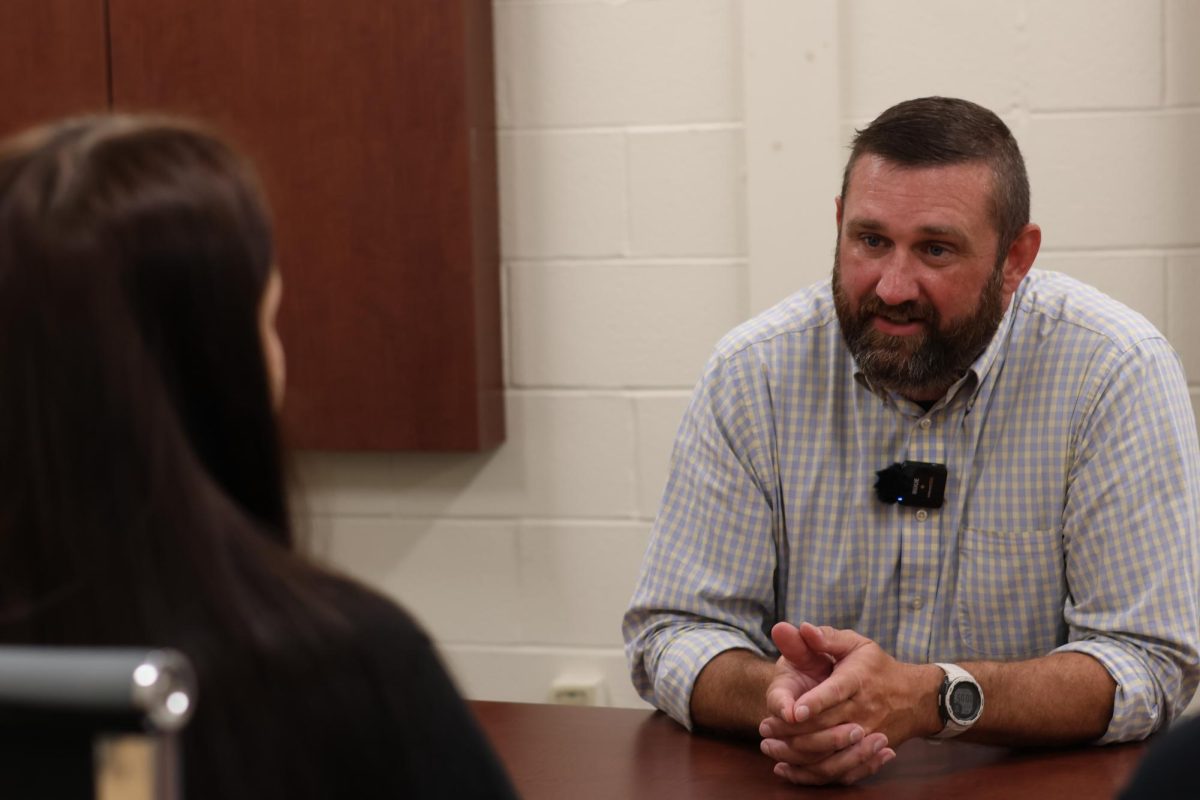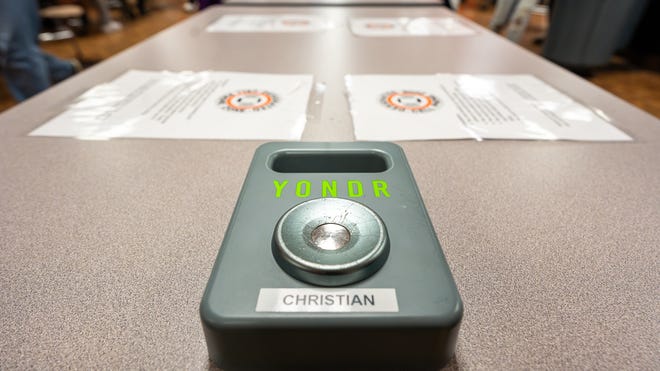Erin passes, but her warning stays.
Hurricane Erin started as a potentially life-threatening storm before weakening to a Category 1 and moving away from the U.S. While the damage wasn’t the worst in history, its impacts remind us of the importance of knowing how to handle a storm safely.
On August 11, 2025, the Atlantic Hurricane Erin formed, bringing dangerous storms, waves, and rip currents along the East Coast, including North Carolina, Virginia, Florida, New England, Bermuda, and the islands of Hatteras and Ocracoke. Hurricane Erin is stated to be one of the largest storms ever recorded in the Atlantic at over 500 miles wide. “Near historical,” Jarrod Maloney said, a Fox weather meteorologist
The hurricane weakened to a Category 1 and has drifted from the mainland, with its closest approach being off the coast of North Carolina. Many areas were expected to be affected by flooding brought by waves 15 to 20 feet high. Some of these locations along the mid-Atlantic coast included Duck, North Carolina, Chesapeake Bay, and Lewes, Delaware. Erin weakened into a post-tropical cyclone, but it still impacted most of the Atlantic coast, up to southeastern Canada.
As of now, the hurricane is moving away from the U.S., but there is potential for two more storms to form in the Atlantic, one of those being Tropical Storm Fernand. These storms most likely won’t impact the U.S., but Bermuda may see some impacts. “While we can’t rule it out, its chance of becoming the season’s second hurricane appears low,” Caitlin Kaiser, a digital meteorologist, said.
Two people have tragically lost their lives due to the heavy currents left by Hurricane Erin. One of those victims was 59-year-old Ishmoile Mohammed, who was caught in a strong rip current while visiting Sailors Haven. The other was a 17-year-old boy who died after being pulled away by an ocean current in Hampton Beach. Police are also searching for a man in his 50s who disappeared after his boat capsized off the coast of Salisbury Beach.
“Know before you go,” Tadd Rubin said, a Myrtle Beach Fire Department Ocean Rescue Lt.
Hurricane Erin, along with other potential storms, marks an important time to have a plan in case of storms. Keep track of any emergency numbers and have them written down somewhere so you won’t lose them. It’s also a good idea to have an emergency supply kit, this can include items such as bandages, food, water, and any needed medicine. Map out and locate any shelters in the area, and plot out the safest routes to get there. If you are unable to find a safe area in time, there are ways you can protect yourself from your home. Cover up windows and doors using storm shutters or plywood, and make sure to clear anything from your yard that could be blown away. Preparing your car is an important step as well, and you can go to Ready.gov for more information on how to prepare your car and what to include in your kit.













